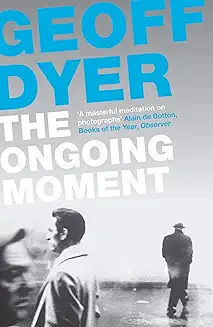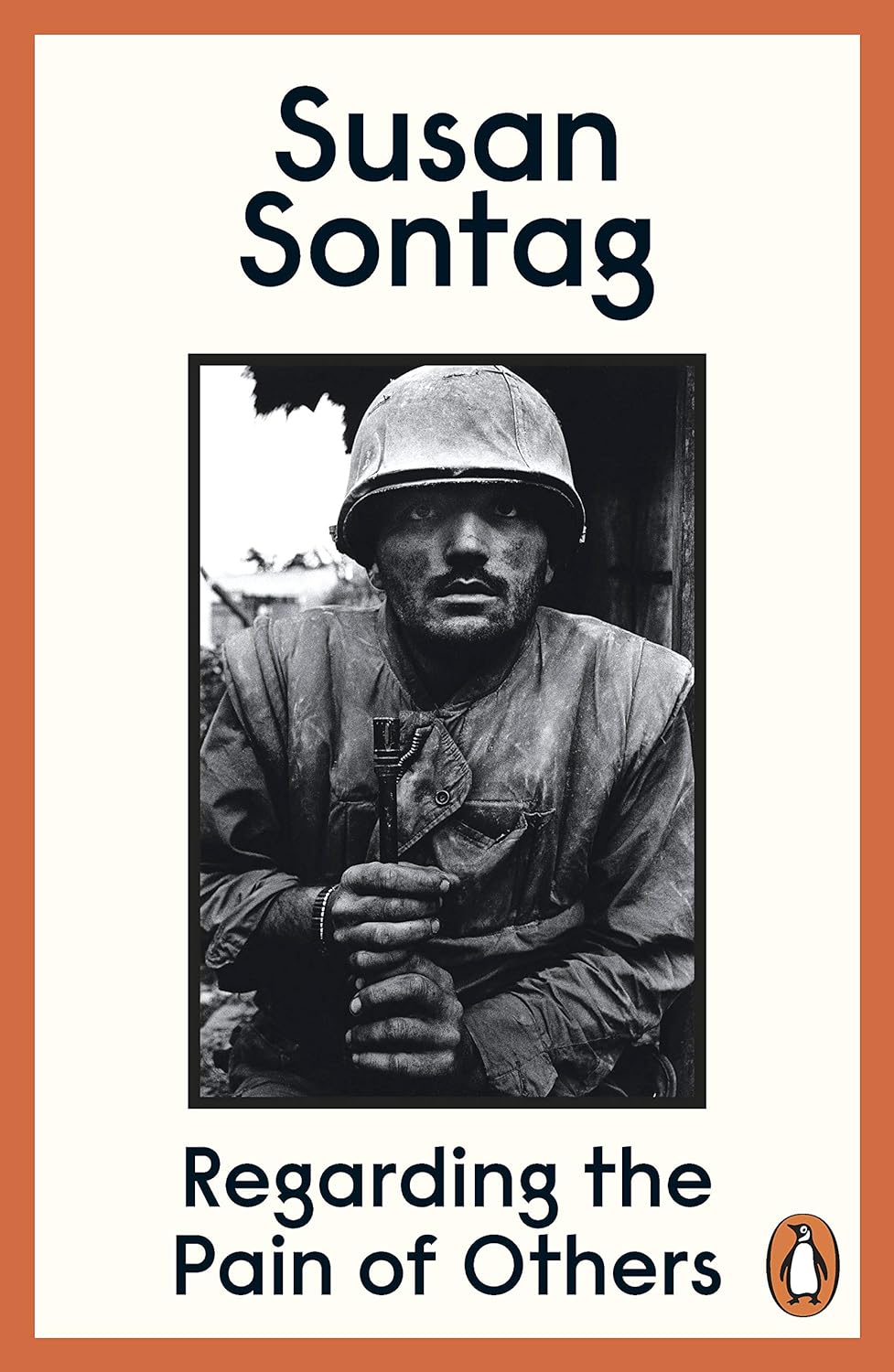Introduction: “The Ongoing Moment” by Geoff Dyer is a unique and reflective examination of photography, exploring how photographs capture moments and how these moments resonate over time. Through a series of essays, Dyer delves into the work of various photographers, weaving together a narrative that is as much about the nature of photography as it is about the individual images and their creators. His approach is both analytical and personal, offering insights into the interplay between the photographer’s intention and the viewer’s perception.
1. The Nature of Photography
Photography as a Continuous Process:
- Dyer conceptualizes photography as an ongoing moment, where each photograph is part of a continuous process of capturing and interpreting the world. This idea emphasizes the fluidity and temporality of photography, where no image exists in isolation but is part of a broader continuum.
- He challenges the notion of photographs as static, frozen moments, arguing instead that they are dynamic and constantly influenced by the context in which they are viewed.
The Role of the Photographer:
- The book examines the role of the photographer in creating meaning. Dyer discusses how photographers make deliberate choices about framing, timing, and subject matter, which shape the final image and its interpretation.
- He explores the idea of the photographer as both an observer and a creator, navigating the line between documenting reality and crafting a personal vision.
2. Thematic Exploration of Iconic Photographs
Recurring Themes and Motifs:
- Dyer identifies and analyzes recurring themes and motifs in photography, such as windows, roads, hands, and hats. These elements serve as anchors for his exploration of different photographers and their work.
- By focusing on these common motifs, Dyer highlights the interconnectedness of photographic practice and how different artists approach similar subjects in unique ways.
Influence and Intertextuality:
- The book delves into the influence of one photographer on another, showing how the history of photography is built on a web of references and inspirations. Dyer discusses how photographers like Alfred Stieglitz, Walker Evans, and Dorothea Lange have shaped and been shaped by their predecessors and contemporaries.
- This intertextuality emphasizes the communal and dialogic nature of photography, where each image can be seen as part of an ongoing conversation.
3. The Interaction of Text and Image
Literary Approach to Photography:
- Dyer’s background as a writer informs his literary approach to discussing photographs. He often pairs detailed descriptions of images with reflections on their broader cultural and historical contexts.
- This method allows Dyer to bridge the gap between visual and textual analysis, offering a multidimensional perspective on photography.
Photographic Essays:
- The book itself is structured as a series of essays, each focusing on specific photographs or themes. This format mirrors the fragmented and episodic nature of photographic practice, where each image is a self-contained story within a larger narrative.
- Dyer’s essays often blend personal anecdotes with critical analysis, creating a rich tapestry of insights and observations.
4. The Subjectivity of Viewing
Viewer’s Interpretation:
- A key theme in “The Ongoing Moment” is the subjectivity of viewing photographs. Dyer explores how personal experiences, cultural background, and individual perceptions shape the way we interpret images.
- He discusses the notion that photographs do not have fixed meanings but are open to multiple interpretations, depending on the viewer’s perspective.
Emotional and Intellectual Engagement:
- Dyer emphasizes the emotional and intellectual engagement that photographs can evoke. He discusses how images can trigger memories, provoke thoughts, and elicit emotional responses, making the act of viewing a deeply personal experience.
- This engagement is seen as an essential part of the photographic process, where the viewer becomes an active participant in the creation of meaning.
5. Historical and Cultural Context
Documenting History:
- The book places significant emphasis on the role of photography in documenting history. Dyer examines how photographs serve as visual records of specific moments in time, providing insights into the cultural and social contexts in which they were created.
- He discusses how historical events and cultural movements have been shaped and memorialized through photography, highlighting its power as a documentary medium.
Cultural Significance:
- Dyer also explores the cultural significance of photographs, discussing how certain images have become iconic symbols of particular eras or issues. He analyzes how these images encapsulate broader themes and narratives, contributing to our collective understanding of history and culture.
- This cultural analysis underscores the importance of photography in shaping and reflecting societal values and beliefs.
6. The Evolution of Photographic Styles
Changing Aesthetics:
- The evolution of photographic styles and aesthetics is a recurring theme in the book. Dyer discusses how technological advancements, artistic movements, and cultural shifts have influenced the way photographs are created and perceived.
- He traces the development of different photographic genres, from documentary and street photography to conceptual and fine art photography, showing how each style reflects its historical and cultural context.
Innovation and Experimentation:
- The book celebrates innovation and experimentation in photography, highlighting the work of photographers who have pushed the boundaries of the medium. Dyer discusses how these artists have challenged traditional conventions and explored new possibilities for visual expression.
- This focus on experimentation underscores the dynamic and evolving nature of photography as an art form.
Conclusion
“The Ongoing Moment” by Geoff Dyer is a rich and nuanced exploration of photography, offering a blend of historical analysis, thematic exploration, and personal reflection. By examining the nature of photography, the role of the photographer, and the subjectivity of viewing, Dyer provides a comprehensive understanding of what makes photographs meaningful and impactful. His literary approach, combined with detailed analysis of iconic images, creates a compelling narrative that emphasizes the interconnectedness and ongoing dialogue within the world of photography. The book is a testament to the enduring power of photographs to capture and convey the complexity of human experience.
Additional Resources:
For more in-depth reviews and insights, you may refer to the following links:


